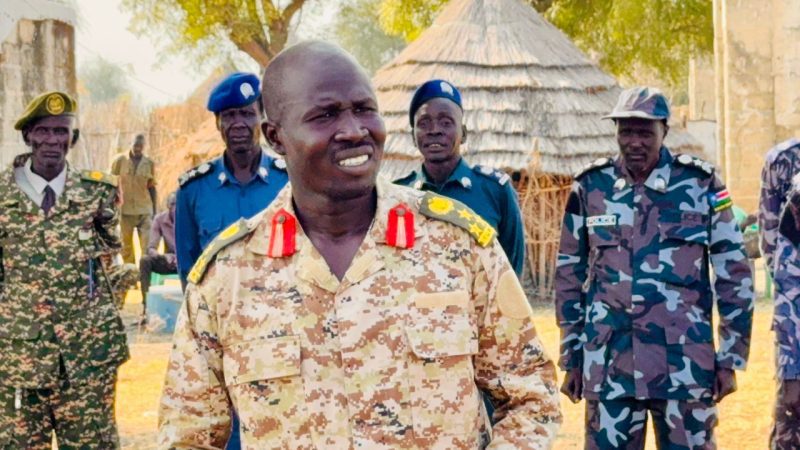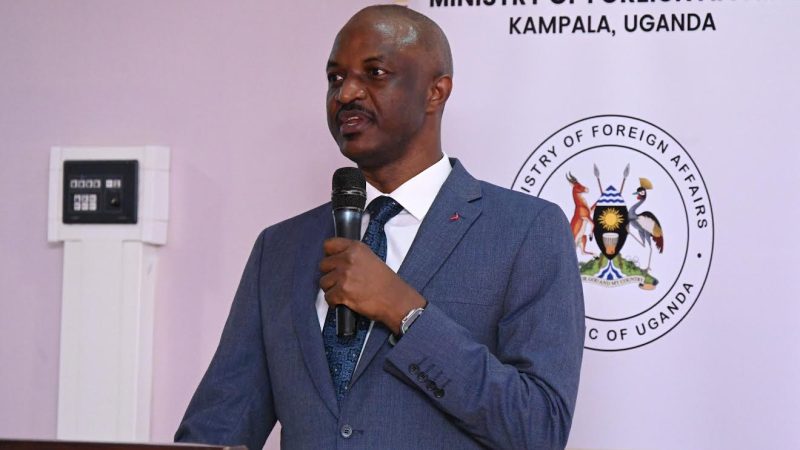By: Rajesh Agrawal
Across the globe, cell phone users may from time to time raise complaints directly or indirectly about fixed or mobile network-related interruptions. Ever wondered why this happens?
To best grasp this, one must understand the process involved from the moment a subscriber dials a number and presses the ‘Call’ button, to when the person on the other end responds to the call by accepting or receiving the call.
As a principle, when a call is initiated from one subscriber (A) to another subscriber (B), A’s phone will then connect to the respective network’s mast (cell tower) or what we commonly call “mulongoti” closest to it. This cell tower then sends the call signal across the different masts leading through the telecom’s exchange center, which then identifies the mast to which Subscriber B’s phone is connected and then sends your outgoing signal. Upon subscriber B answering the call, both incoming and outgoing voice or data is activated on both sides to allow your communication take place.
Similarly, when a phone is switched on, it attaches on the network for mobile data but at this stage one can’t access any internet. On activation of the mobile data icon on your phone or the internet device with well-set parameters like Access Point Name (APN), a request is sent to the network to activate Packet Data Protocol (PDP) session. At this stage, the network qualifies the SIM parameters and once found to be okay, the network assigns the SIM card an IP address hence one is ready to surf the internet or start application for IP calls.
It is important to note that for application based IP calls (A party to B party) such as skype or WhatsApp, the respective applications are in charge of their overall subscriber addresses, control, databases, connections and identification are done through their respective application servers.
A typical call flow for a WhatsApp as an example uses a user’s mobile phone number as the registered unique identifier. When a WhatsApp user starts the WhatsApp application and dials the intended B party, the source IP address (your phone) together with the destination address (called party) information are sent as initial request identifiers on internet before it reaches the WhatsApp server. On reaching the Airtel network data exchange, its sent to WhatsApp servers together with other WhatsApp details like caller ID, called party ID, etc. Then the WhatsApp servers look through the information (IDs – destination/source) and routes the call to the right person being called. When the person picks/answers, the communication and information exchange starts.
To reach applications hosted internationally, the Airtel core network routes through its international Internet Service Providers (ISPs) to the intercontinental ISPs such as TEAMs or SEACOM to communicate to the respective servers. Therefore, for typical data or internet browsing, one has to insert a valid website address that connects your device to the respective website servers to allow the user to surf through those internet pages and applications; For example, by clicking www.airtel.ug, the request goes to Airtel Uganda servers. Then the page loads as an acknowledgement of receipt of a successful response.
Neither of the people on the data or voice call are restricted to remaining in the same place or area of the mulongoti at the time the call was made in order to stay connected. You are free to continue on your journey, and as you move from one location to another, the connection is transferred from the mast in your old location to the mast in your new location through the base station or telecom exchange, where data and information on all numbers connected to the networks is processed and stored.
Suffice to say, the same principle applies even when calling from one network to another whether it is local, regional or international. Hence, to ensure our subscribers enjoy seamless connectivity across their dwellings (home and work) or on the move, it is important for telecommunications firms to invest in a robust and reliable network both in urban and rural areas where users are scattered over a wide area.
To achieve this, Airtel Uganda recently launched a drive to boost our network infrastructure which will enhance customer experience so that the service is uninterrupted.
The drive dubbed ‘Vast Network’ is another step in Airtel Uganda’s journey to provide excellent telecommunications services across Uganda – a journey that has seen the telco set up over 2,100 sites and lay over 5100 kilometers of own fiber across Uganda. This is covering 97% population, and making it possible for subscribers around the country to enjoy an improved experience in internet-based services and activities thereby extending our country’s digital footprint and enriching customer’s experience.
According to the UCC market performance report for Q3 (July to September) of 2020, mobile subscriptions picked up by more than 1 million new mobile subscriptions with the market topping 26.5 million fixed and cellular subscriptions.
This 3.3% year-on-year growth in subscriptions makes it even more necessary for the telecom service providers to invest in network infrastructure so that new subscribers experience quality service.
The same reports put growth of Broadband cellular subscriptions at 1.2 million connections, in the same period. At the end of September, total internet subscriptions had for the first time in industry history crossed the 20 million mark. This translates into an internet connection for 1 in every 2 Ugandans.
Considering that the 4th Industrial Revolution – the internet of things – is here, it is a no brainer that investment in broadband becomes inevitable. New technology is constantly being developed with IoT, those interested can check this post to see how this has been adapted for companies that work in the field and need to connect with their team.
This is especially because telecommunication has since evolved with the digital advent; big data analytics, AI-led decision making, digital banking, e-education, e-trade, e-marketing, remote emergency response and support, transport, news reporting and delivery, agricultural sector solutions among other socio-economic benefits. Of course, users still need to protect your privacy when using the internet, but the benefits are worth the risks.
And nothing made this clearer than the emergence of the Covid-19 pandemic. Following global lockdown measures, business meetings went virtual, product marketing and deliveries rode more on digital platforms and seo services stepping up to the plate, and several businesses prioritized money on mobile transactions over cash.
More businesses and government entities which are primary in the business ecosystem have equally leveraged the internet to automate their systems to deliver e-tax services, online registration, investment, product and standardization as well as passport and immigration services. However, it is prudent that these applications and websites are using their updated versions (look at sites like vFunction for more information about the same) which would make the workflow more streamlined. The benefits of E-services include convenience, efficiency, reducing the time spent on these processes which in turn lowers the cost of doing business as well as driving multi-sectoral efficiencies and synergies. At the end of the day, every business seeks to identify opportunities to reduce cost in order to improve bottom line.
Airtel’s ‘Vast Network’ will only complement our other broadband products as well as a reliable Airtel Money service to facilitate services that Ugandans need to make the most of the digital age.
Part of investment to achieve fast connectivity has been the joint venture between Airtel Uganda, Facebook and Bandwidth and Cloud Services Group (BCS). Through this pioneering initiative for creating a sustainable model for shared fiber optic network deployment in Africa, we rolled out a fiber optic network to Northern Uganda.
As a provider, it is Airtel’s endeavor that our investment in network expansion to over 97% population and modernization to equip all its Data center with state of Art Technology directly translate into most affordable, high speed connectivity for voice and data services for Uganda and the region.
The writer is a Networks Director at Airtel Uganda









